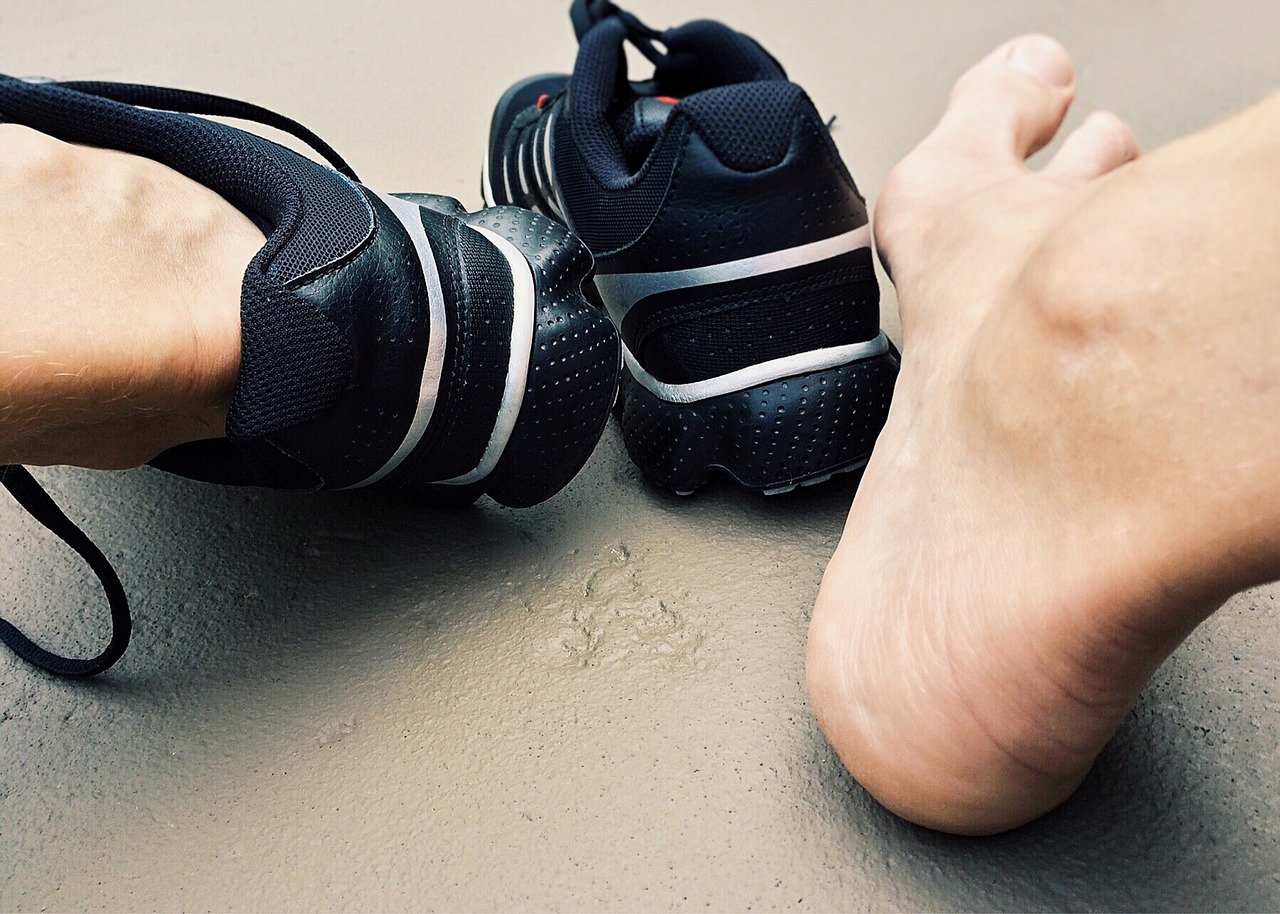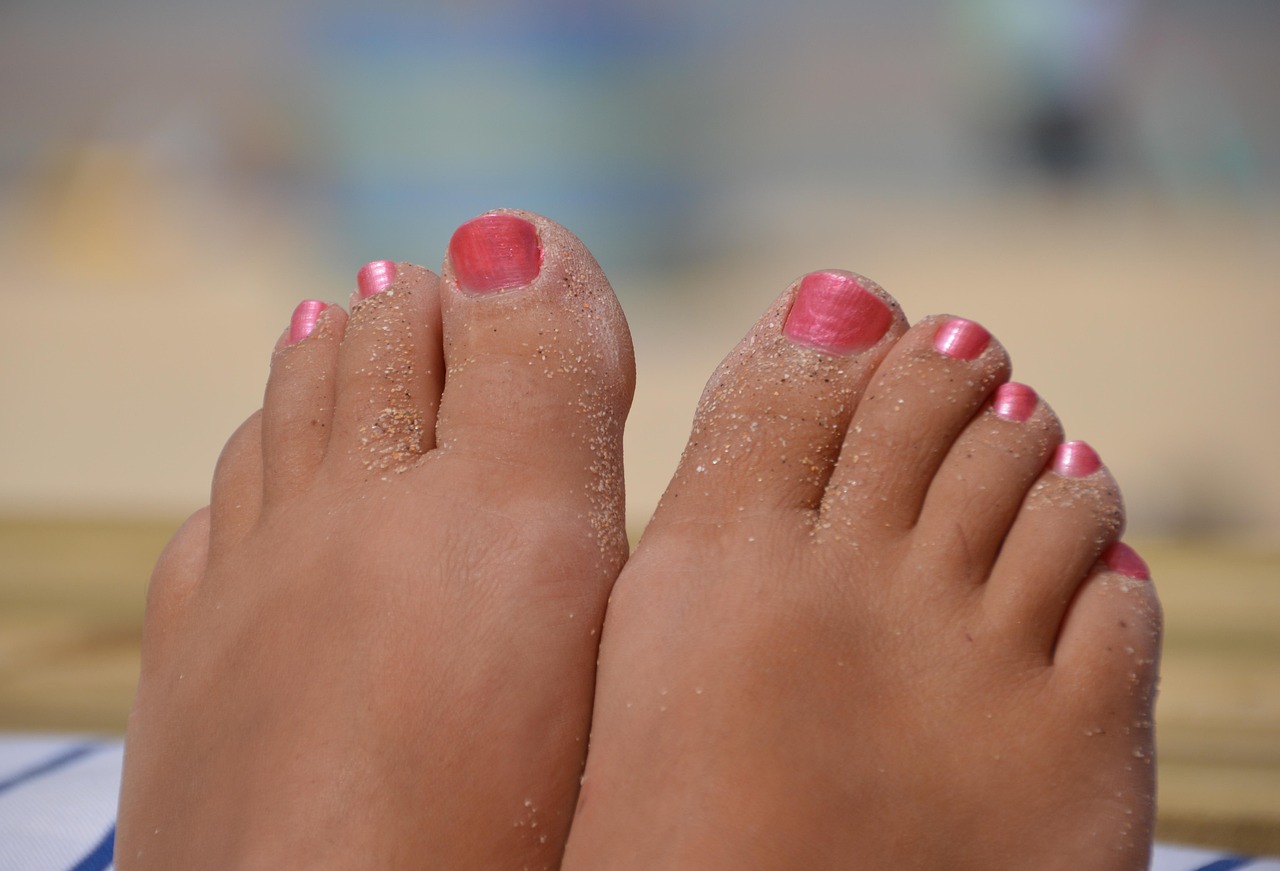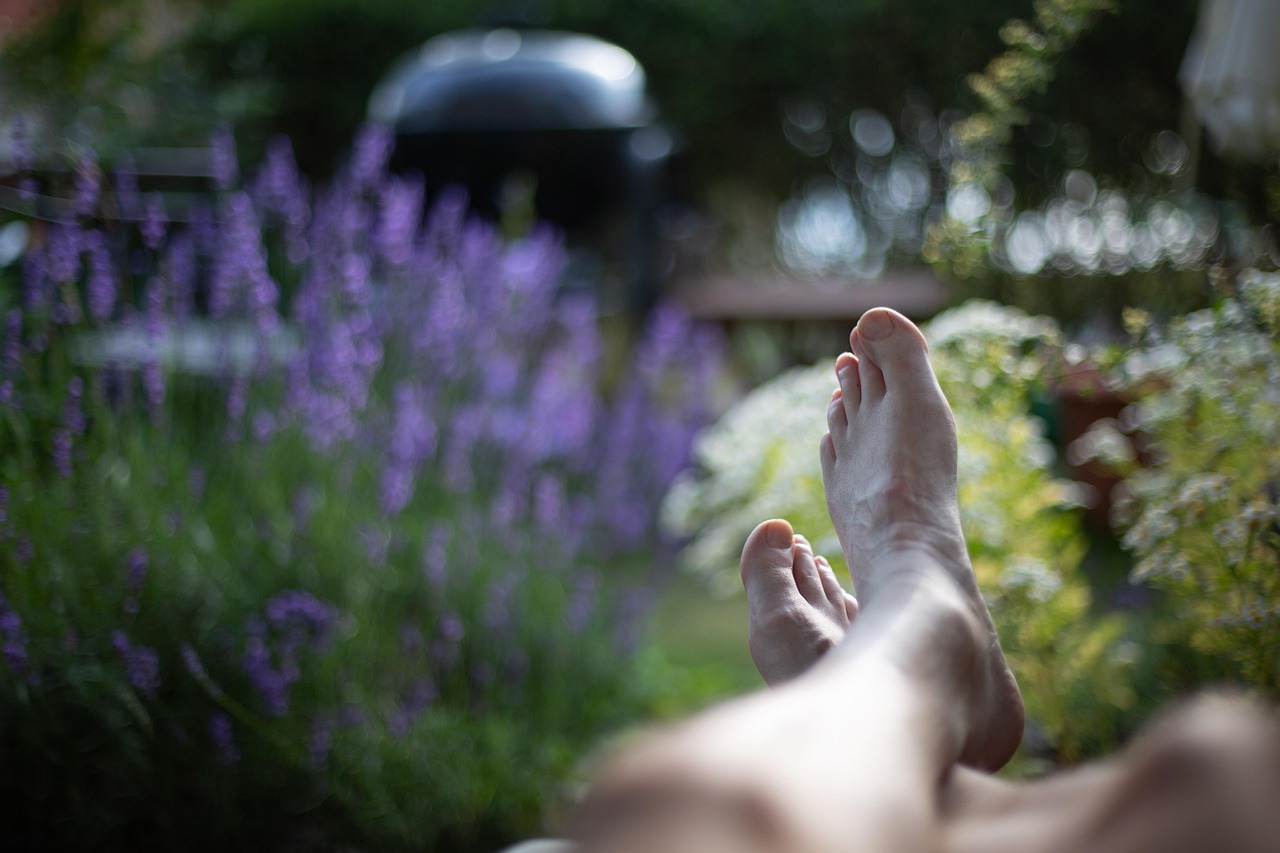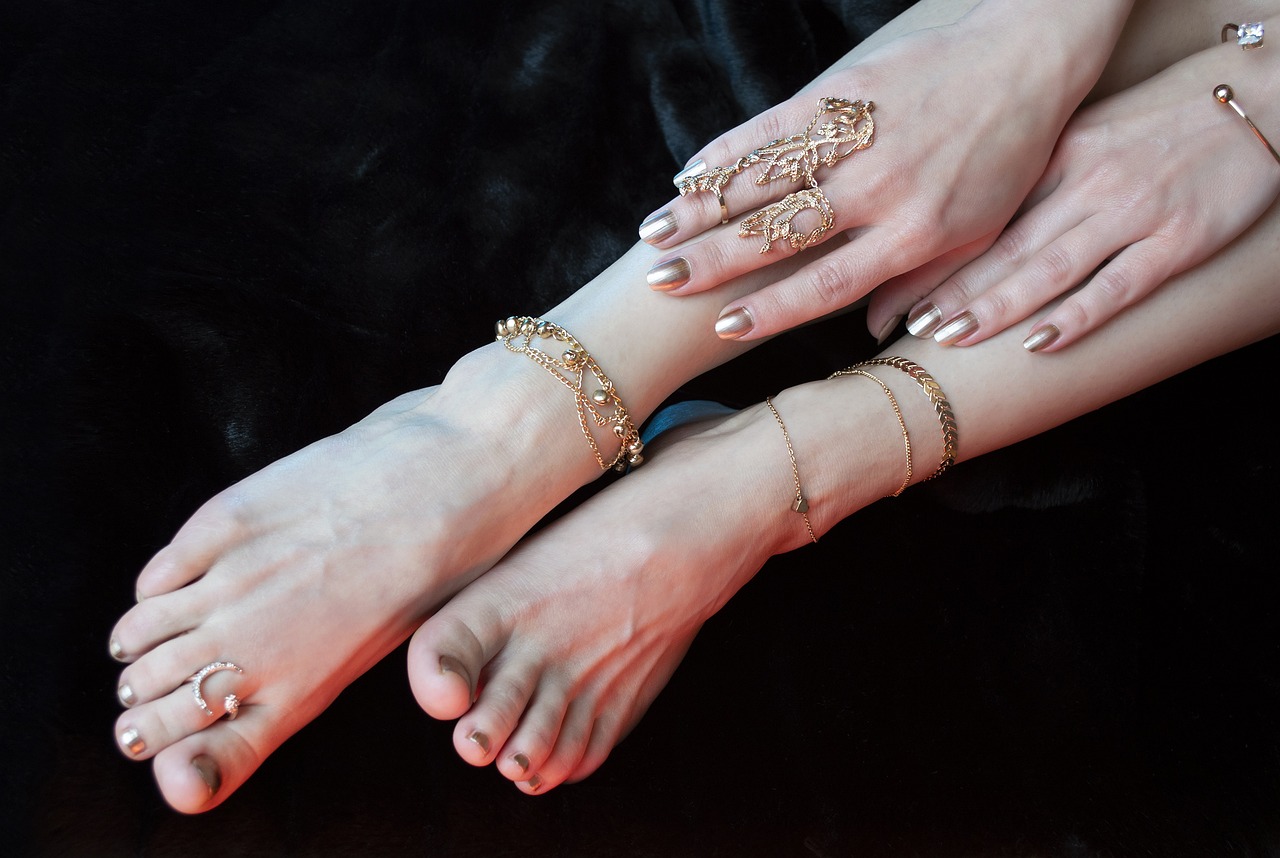Staying fit shouldn’t come at the cost of cracked heels.
Exercise does wonders for your health — improving circulation, building strength, and boosting energy. But if you’re starting to notice dry, rough, or even cracked heels after your regular workouts, you’re not imagining it. Certain types of exercise can absolutely contribute to heel dryness, especially when paired with the wrong gear or lack of post-workout care.
In this post, we’ll explore how and why some exercises dry out your heel skin, which activities pose the most risk, and how to protect your feet while staying active — with help from The Beauty Pure.
Table of Contents
Toggle🧬 Why Exercise Affects Heel Skin
Exercise often creates the perfect storm for heel dryness due to:
- Friction from repetitive motion
- Sweat that evaporates and dehydrates the skin
- Compression from tight footwear
- Hard surfaces that create impact stress on your heels
These factors wear down your skin’s natural barrier, leading to moisture loss, thickened skin, or even painful cracks.
🏃 Exercises Most Likely to Cause Heel Dryness
1. Running / Treadmill Workouts
- Constant heel impact = microtrauma
- Enclosed shoes cause overheating and moisture imbalance
2. HIIT / Jump-Based Workouts
- High friction + sudden movement
- Increases pressure on the heel bone and surrounding skin
3. Weightlifting with Stable Shoes
- Tight-fitting shoes for stability can reduce circulation
- Long sessions can compress heel skin and cause friction
4. Yoga / Barre / Pilates
- Often performed barefoot
- Mats or floors can draw moisture out of the skin
- Repeated poses create heel pressure without protection
5. Dance or Zumba
- Rapid lateral movement causes shoe friction
- Heels rub against the inner back of shoes for extended periods
🚨 Common Heel Symptoms After Exercise
- Flaky, dry patches around the heel
- Skin that feels tight, itchy, or stretched
- Thickened heel edges or beginning signs of callusing
- Deep cracks that worsen over time
- Heel discomfort even when walking barefoot
🧴 How to Prevent & Treat Exercise-Related Heel Dryness
✅ 1. Moisturize After Every Workout
After removing shoes and socks, wash your feet and apply a rich, repairing heel cream.
👉 Lapitak Cream for Cracked Heels
- With urea and panthenol to restore hydration
- Repairs rough or damaged heel skin
- Ideal for post-workout recovery
✅ 2. Use a Lighter Cream Pre-Workout
If you train early in the day or before putting on snug shoes, apply a light, fast-absorbing moisturizer to reduce friction.
- Hydrates without slipping
- Softens skin and prevents dryness buildup
✅ 3. Choose the Right Socks & Shoes
- Wear moisture-wicking athletic socks
- Avoid cotton — it retains sweat
- Make sure your shoes aren’t overly tight at the heel
- Rotate between pairs to allow full drying
✅ 4. Exfoliate 1–2 Times Per Week
Sweat + friction = skin buildup.
Use a pumice stone or soft file after soaking to gently smooth rough areas, then apply a repair cream.
✅ 5. Let Feet Breathe Post-Workout
After your session:
- Remove shoes immediately
- Clean your feet and allow them to dry fully
- Go barefoot (indoors) for 30–60 minutes if possible
Final Thoughts: Keep Moving, But Protect Your Heels
Exercise is essential — but heel care is too. The same movements that strengthen your body can wear down your heels over time if you don’t take steps to protect them. With a consistent care routine and the right foot products, you can stay active without sacrificing comfort or skin health.
👉 Explore The Beauty Pure for athlete-friendly foot care solutions — designed to support your feet through every rep, step, and stretch.





